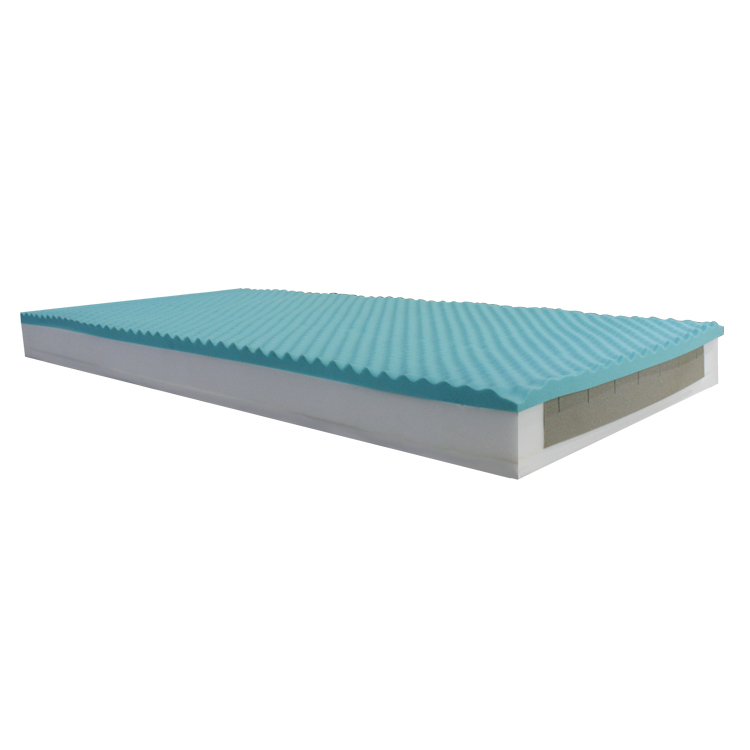China's High-Quality Medical-Grade Mattresses for Optimal Health and Comfort
The Importance of Medical-Grade Mattresses in Healthcare Settings
In today's fast-paced world, the quality of sleep can significantly affect overall health and well-being. This is particularly true in healthcare settings, where patients often require specialized equipment to aid in their recovery. One such essential piece of equipment is the medical-grade mattress. Given the demanding environment and the specific needs of patients, medical-grade mattresses play a crucial role in promoting comfort, enhancing recovery, and preventing complications.
Understanding Medical-Grade Mattresses
Medical-grade mattresses are specifically designed for use in hospitals, nursing homes, and rehabilitation facilities. They differ from standard mattresses in various aspects, including materials, construction, and functionality. These mattresses are built to withstand the rigors of medical use, ensuring durability and easy maintenance, which is crucial for healthcare settings that require high hygiene standards.
The primary goal of a medical-grade mattress is to provide supportive and comfortable sleep surfaces for patients, many of whom may spend prolonged periods lying down. Features that set medical-grade mattresses apart include pressure relief, infection control, and enhanced support.
Pressure Relief and Prevention of Bedsores
One of the most significant advantages of medical-grade mattresses is their ability to reduce pressure points. Patients who are immobile or have limited mobility are at risk for pressure ulcers, also known as bedsores. These injuries can lead to severe complications, including infections and prolonged hospital stays.
Research has shown that medical-grade mattresses often employ advanced materials and technologies, such as memory foam or specialized gel layers, to distribute body weight evenly. This helps to alleviate pressure on susceptible areas, such as the heels, elbows, and tailbone. By promoting better blood circulation, these mattresses significantly reduce the risk of developing pressure ulcers, ensuring that patients remain comfortable and healthy during their recovery.
Infection Control and Hygiene
In healthcare settings, maintaining hygiene is paramount. Medical-grade mattresses are constructed using materials that are easy to clean and resistant to various pathogens. Many of these mattresses are designed with impermeable covers that can be wiped down, ensuring that they remain free from contaminants.
china medical-grade mattress

Additionally, some medical-grade mattresses are treated with antimicrobial properties to inhibit the growth of bacteria, fungi, and viruses. This is particularly important in hospitals and long-term care facilities where infection control is critical. By minimizing the risk of cross-contamination, these mattresses contribute to a safer and healthier environment for both patients and caregivers.
Enhanced Comfort and Sleep Quality
Comfort is essential for recovery, and a good night’s sleep can significantly impact a patient's healing process. Medical-grade mattresses often feature unique designs and materials that cater to the specific needs of various patient populations. Whether it be elderly patients with frail skin, individuals recovering from surgery, or patients with chronic pain conditions, these mattresses are engineered to maximize comfort.
The customization options available for medical-grade mattresses allow healthcare providers to select the most suitable product based on individual patient needs. This bespoke approach ensures that each patient receives the support necessary to facilitate optimal rest and recovery.
Economic Benefits for Healthcare Facilities
While medical-grade mattresses may have a higher upfront cost compared to conventional mattresses, they provide significant long-term economic benefits for healthcare facilities. By reducing the occurrence of pressure ulcers and infections, these mattresses can decrease hospital stays, lower treatment costs, and improve overall patient turnover rates.
Moreover, investing in high-quality medical-grade mattresses can enhance a facility’s reputation, attract more patients, and increase overall satisfaction ratings. For healthcare administrators, the decision to invest in medical-grade mattresses ultimately supports better health outcomes and operational efficiency.
Conclusion
Medical-grade mattresses are more than just sleeping surfaces; they are vital tools in patient care and recovery. Their features focused on pressure relief, infection control, and comfort underscore their importance in healthcare settings. As the healthcare landscape continues to evolve, investing in medical-grade mattresses is a crucial step toward ensuring that patients receive the best possible care during their recovery journey. In doing so, healthcare facilities not only prioritize patient well-being but also contribute to a more efficient and sustainable healthcare system.
-
The Effect of Coconut Foam Mattress Breathability and Humidity Regulation on Improving Sleep QualityNewsJul.03,2025
-
How Wave Mattress Systems Improve Blood Circulation During ImmobilityNewsJul.03,2025
-
The Climate-Adaptive Sleep Revolution: Exploring the Benefits of Cooling Gel Memory Foam MattressesNewsJul.03,2025
-
Exploration of the Role of Coconut Foam Mattress in Preventing Bedsores in the ElderlyNewsJul.03,2025
-
Comparing Wave Mattress and Air Mattress: Which Is Better for Medical Use?NewsJul.03,2025
-
Analysis of Comfort and Environmental Performance of Natural Latex and Coconut Foam MattressNewsJul.03,2025
-
Multi-Layer Construction for Enhanced Performance in Gel Mattress PadNewsJun.24,2025

